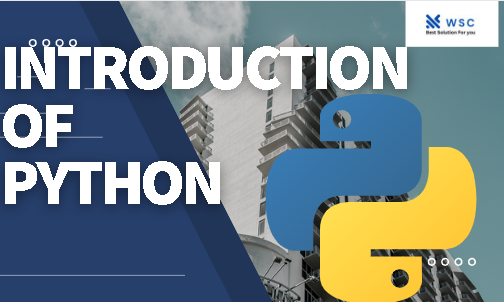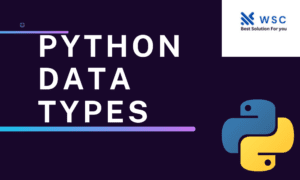Introduction
-
-
- Renowned for its simplicity and readability, Python stands out as a high-level, versatile programming language widely employed since its initial release in 1991 by Guido van Rossum. Its popularity extends across various domains, including web development, scientific computing, data analysis, artificial intelligence, and automation. Let’s delve into some essential features and attributes that define Python:
-
Introduction Of Python(Readable and Clear Syntax):
-
-
- Python’s syntax is designed to be straightforward and easy to read, which makes it a great choice for beginners and experienced programmers alike. The use of indentation for code blocks also enhances the code’s readability.
Interpreted Language:
- Python is an interpreted language, which means that you don’t need to compile your code before running it. The Python interpreter processes the code line by line, executing it in real-time.
-
Introduction Of Python(Cross-Platform Compatibility):
-
-
-
- Python is available for various operating systems, including Windows, macOS, and Linux. This cross-platform compatibility allows you to write code on one system and run it on another without significant modifications.
-
-
Introduction Of Python(Large Standard Library):
-
-
-
- Python comes with a comprehensive standard library that provides pre-built modules and functions for various tasks, such as file manipulation, networking, web services, and more. This saves you time and effort when developing applications.
-
-
Introduction Of Python(Dynamically Typed):
-
-
-
- Python is dynamically typed, which means you don’t need to declare the data type of a variable explicitly. The interpreter determines the data type during runtime, allowing for greater flexibility.
-
Object-Oriented:
- Python supports object-oriented programming (OOP), allowing you to create classes and objects to model real-world entities and their interactions. This approach promotes code organization and reusability.
-
-
Introduction Of Python(Extensible):
-
-
-
- Python can be extended with modules written in other languages like C or C++. This feature allows you to optimize performance-critical parts of your code.
-
-
Introduction Of Python(Community and Libraries):
-
-
-
- Python has a vast and active community of developers, which means you can find plenty of resources, tutorials, and libraries to help you with your projects. Libraries like NumPy, pandas, TensorFlow, and Django are widely used for various applications.
-
-
Introduction Of Python(Versatile Applications):
-
-
-
- Python is used in various domains, including web development (with frameworks like Django and Flask), data analysis and visualization, scientific computing, machine learning, automation, and more.
-
-
Introduction Of Python(Ease of Learning):
-
-
- Due to its clear syntax and extensive documentation, Python is often recommended as a starting language for beginners in programming.
-
To start programming in Python, you’ll need to install the Python interpreter on your system. You can then write and run Python code using a text editor or integrated development environment (IDE). Popular IDEs for Python include Visual Studio Code, PyCharm, and Jupyter Notebook.
Here’s a simple “Hello, World!” program in Python:
print(“Hello, World!”)
Check Our More tutorial Go to index page
and check our tools for easily work click here




